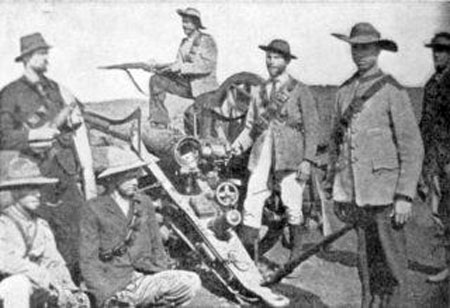|
It was not until the beginning of
WW2 British Military authorities officially issued fighting knives to there
troops.
During the First World War some
regiments and smaller units issued knives but it was most common with
private purchased knives at that time. Some of these knives were used also
during WW2.
Some of these knives used by
the British during the Great War you will find here>>>
After the
German victory in Denmark, Norway, Netherlands, Belgium, France and the
humiliating defeat of British forces at Dunkirk, there was a desperate need
to prove that the British troops were able to strike back against the modern
well trained German forces. Churchill came up with the idea to set up a
guerrilla type of force, which could spread terror along the enemy coast.
On the 4th
of June 1940, Winston Churchill wrote to General Ismay in the War Cabinet
Secretariat concerning the need to start a new unit to combat the German
Blitz Krieg. The British formed special commando units to carry out raids.
On the 8th of June 1940, Section M09 of the War Office was
brought into being.
The name commando was taken from small effective mobile
Boer units during the war in South Africa 1899-1902 (2nd Boer War).
 |
|
Boer Commandos |
|